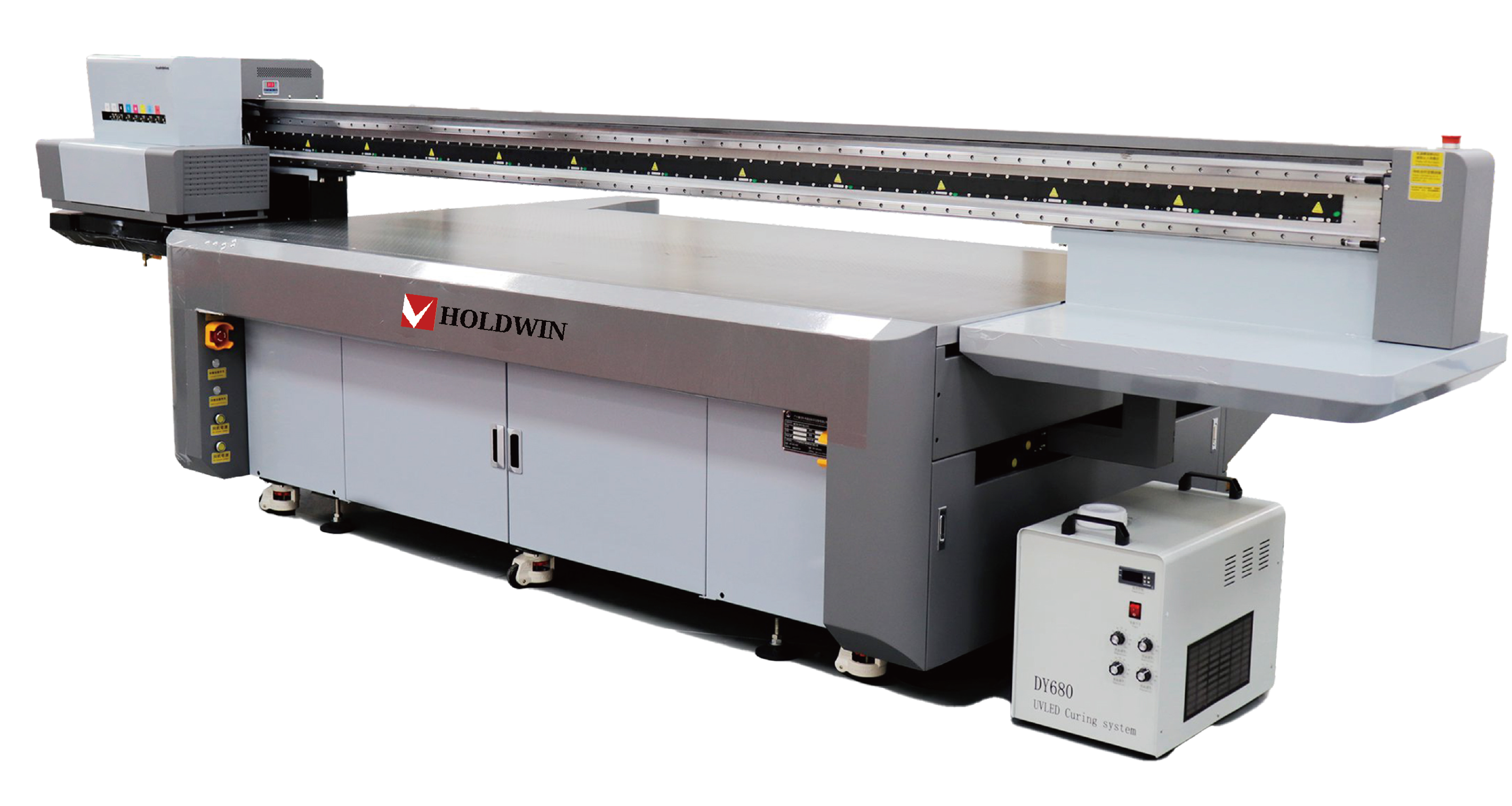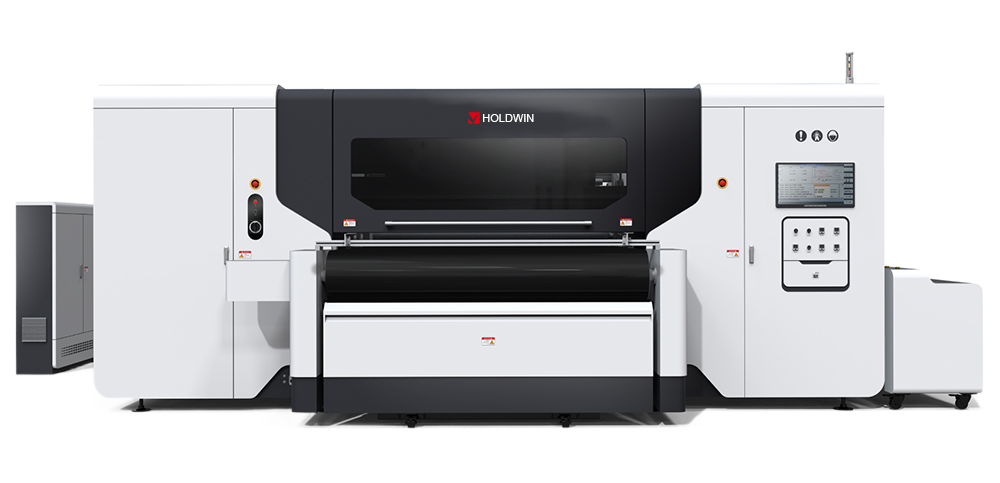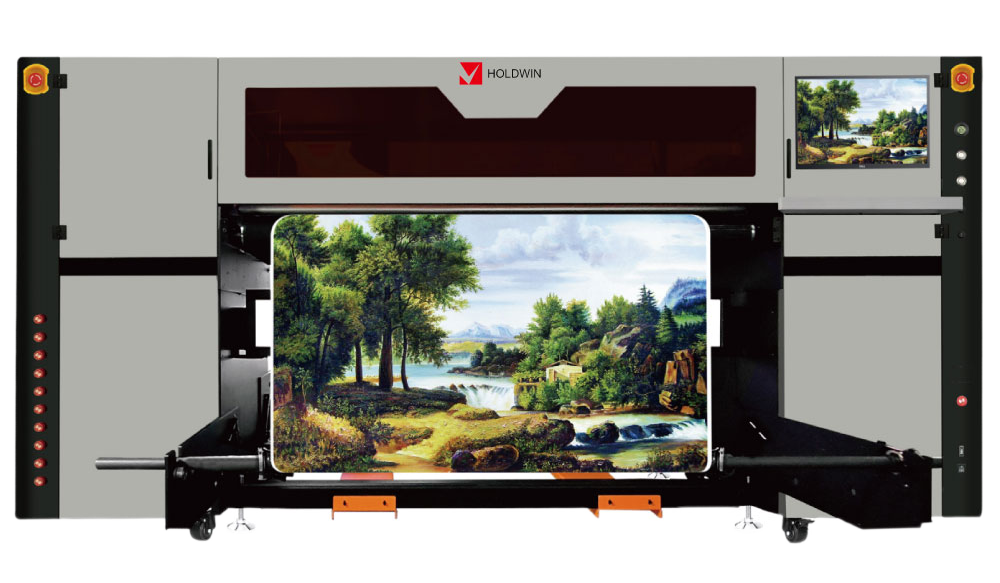
Introduction
The digital textile printing industry is experiencing a transformative shift, driven by technological advancements that promise to revolutionize the way designs are created, produced, and delivered. One of the most exciting developments on the horizon is the integration of Artificial Intelligence (AI) and automation into the digital printing process. As the demand for faster production, higher customization, and more sustainable practices grows, AI and automation are poised to play a critical role in reshaping the industry. In this article, we explore the potential of these technologies in digital textile printing, highlighting how companies like Shaoxing Zhiyu Digital Technology Co., Ltd. (HOLDWIN) are leveraging innovation to meet the evolving needs of textile manufacturers, fashion designers, and other stakeholders in the supply chain.
The Rise of AI in Digital Textile Printing
AI’s integration into digital textile printing can significantly enhance the efficiency and quality of print production. Machine learning algorithms, deep learning, and neural networks are being applied to various stages of the printing process, enabling printers to automatically optimize color matching, improve print quality, and even predict maintenance needs. Here’s how AI is transforming the digital textile printing landscape:
AI-powered design analysis tools can help designers and manufacturers automate the process of color matching, ensuring that digital prints align closely with the original artwork. These systems use image recognition and processing capabilities to detect the primary colors, gradients, and intricate details within a design. By analyzing the composition of the design, AI can recommend optimal settings for color reproduction on different fabrics, enabling printers to produce high-quality prints with consistent results across various materials.
Moreover, AI can assist in optimizing color management by creating advanced color profiles tailored to specific textiles and printing technologies, ensuring that the final print captures the exact hues desired by the designer. This process reduces the risk of human error and enhances consistency across large-scale print jobs.
One of the challenges in digital printing is maintaining continuous production without unexpected downtime due to equipment malfunctions. AI-driven predictive maintenance solutions are designed to monitor printer components, such as printheads, ink systems, and rollers, in real-time. By analyzing data from sensors and historical performance metrics, AI can detect early signs of wear and tear or malfunction, allowing operators to perform maintenance before a breakdown occurs.
This capability is especially important in industries like textile printing, where high-volume, fast-paced production is the norm. Predictive maintenance not only minimizes downtime but also extends the lifespan of printing equipment, reducing operational costs and increasing overall productivity.
AI algorithms are now being used to enhance image resolution, ensuring that fine details are preserved even in large-scale prints. These algorithms can automatically upscale images, improving their resolution without introducing pixelation or distortion. This is particularly useful for printing intricate patterns, such as those commonly found in fashion textiles, home décor, and promotional materials.
In addition, AI can improve quality control by automatically detecting defects or inconsistencies in prints during production. By analyzing print patterns and comparing them to predefined standards, AI systems can identify issues such as color mismatches, ink smudging, or incomplete prints, triggering an automatic alert to the operator for immediate correction. This reduces the reliance on manual inspection and helps ensure that only high-quality products reach the market.

Automation in Digital Textile Printing
Automation is another key factor driving the future of digital textile printing. By automating various stages of the printing process, companies can achieve higher throughput, reduce labor costs, and improve operational efficiency. Some of the most notable areas where automation is being integrated into digital textile printing include:
The process of loading fabric onto printers has traditionally been a manual task, requiring significant labor and time. However, with advancements in automation, robotic systems are now being used to handle and load fabric rolls into printers automatically. These robots can detect fabric types, sizes, and orientations, ensuring that the right material is loaded onto the printer without human intervention. This speeds up the production process and reduces the chances of human error.
Maintaining an optimal ink supply during digital printing is essential to ensuring consistent color reproduction and avoiding production delays. Automation systems now exist that can monitor ink levels in real-time and automatically replenish ink cartridges or tanks as needed. These systems can also adjust ink flow rates based on the type of material being printed on, ensuring that the ink is applied evenly and efficiently, reducing waste and improving print quality.
Post-printing processes, such as curing, drying, and finishing, can now be automated to streamline production. For example, automated conveyor systems can transport printed textiles through drying ovens or heat presses, ensuring that the prints are cured and dried at optimal temperatures without manual handling. This not only speeds up the production process but also ensures that the prints are consistently processed and that no human handling errors occur during these crucial stages.

Sustainability and Efficiency: The Role of AI and Automation
As environmental concerns continue to rise, the digital textile printing industry is under increasing pressure to reduce its ecological footprint. AI and automation can contribute significantly to sustainability by optimizing resource usage and minimizing waste:
One of the key benefits of AI in digital textile printing is its ability to optimize ink usage. AI algorithms can adjust ink flow rates in real-time based on the fabric and design, ensuring that ink is applied precisely where it is needed, reducing waste. Similarly, automated fabric handling systems can minimize fabric wastage by ensuring that rolls of fabric are loaded onto printers with maximum efficiency.
Automation can also improve the overall energy efficiency of digital textile printing. Automated systems can optimize machine settings to minimize energy consumption, reducing the carbon footprint of the printing process. Additionally, AI-powered production scheduling systems can ensure that machines are used at peak efficiency, avoiding idle time and reducing unnecessary energy consumption.
AI can help integrate sustainable printing practices by ensuring that environmentally friendly inks and materials are used, and that waste is minimized. For example, AI can analyze the design and recommend the most sustainable ink types and fabric options based on the desired outcome. This contributes to reducing the environmental impact of textile printing while meeting the growing demand for eco-friendly products.

HOLDWIN’s Role in the AI and Automation Revolution
At Shaoxing Zhiyu Digital Technology Co., Ltd. (HOLDWIN), we are committed to embracing the future of digital textile printing by integrating AI and automation into our products and services. By leveraging advanced AI-powered color management systems, predictive maintenance tools, and automated production lines, we are able to offer our customers enhanced efficiency, superior print quality, and reduced environmental impact.
For example, our UV printing systems are integrated with AI-driven color optimization tools that allow customers to achieve consistent and accurate color reproduction on a variety of fabrics, from polyester to cotton and beyond. Additionally, our automated fabric handling systems reduce human intervention, improving production speed and minimizing errors in the printing process.
Customer Review:
“As a leading textile manufacturer, we’ve partnered with HOLDWIN for several years, and their integration of AI and automation into their printing systems has been a game-changer. The improved accuracy, faster turnaround times, and reduced waste have allowed us to meet the growing demand for customized, high-quality products while reducing our environmental impact. HOLDWIN’s cutting-edge technology continues to set them apart from the competition.” – Senior Operations Manager, Textile Manufacturer
Conclusion
The future of digital textile printing is undeniably intertwined with the integration of AI and automation. These technologies offer immense potential to improve print quality, streamline production, enhance sustainability, and reduce costs. As the industry continues to evolve, digital printers that embrace these advancements will be better equipped to meet the demands of the modern textile market. At HOLDWIN, we are excited to be at the forefront of this revolution, offering our customers innovative, customized solutions that enable them to stay ahead of the competition in a rapidly changing landscape.
References:

Zhiyu is passionate about good products, good services, and good prices to let consumers know that choosing us is the right choice! For partners and end customers, we will provide one-on-one considerate smart services and provide you with more high-quality procurement solutions.